
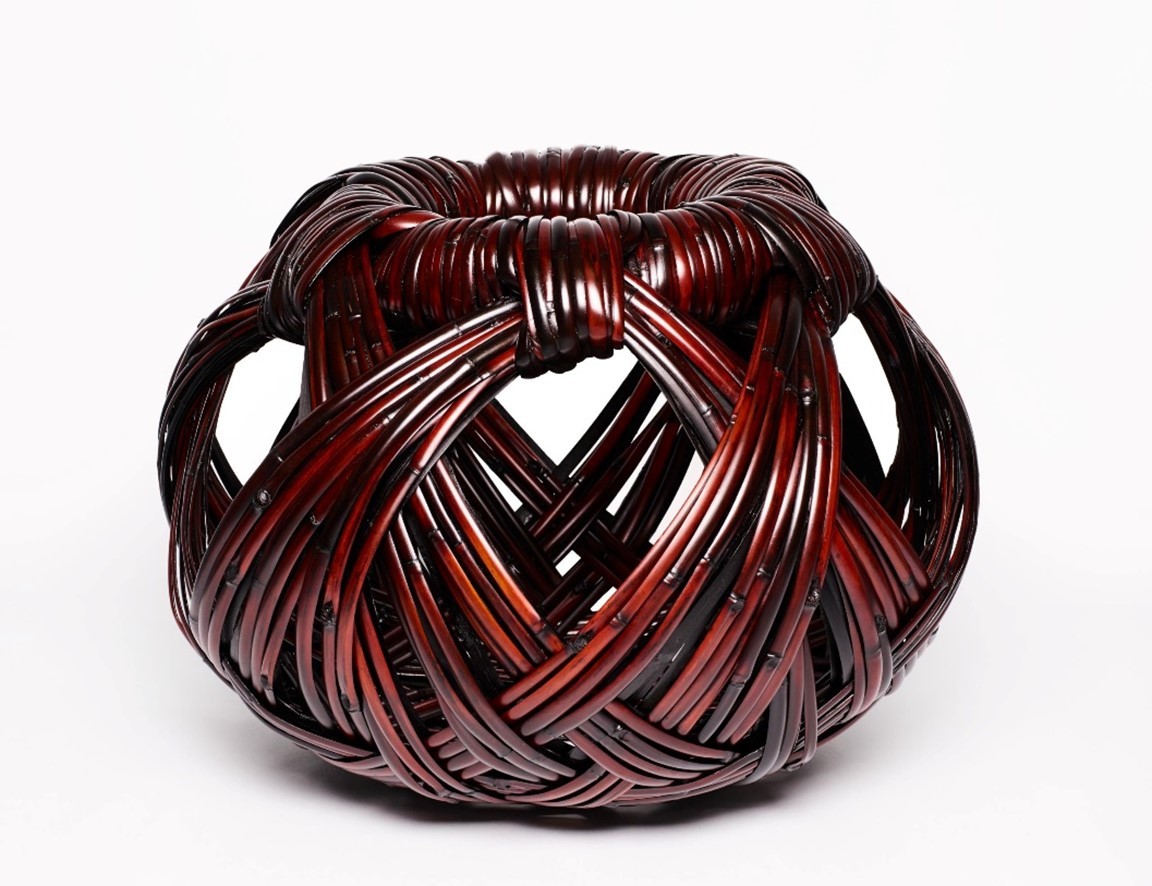
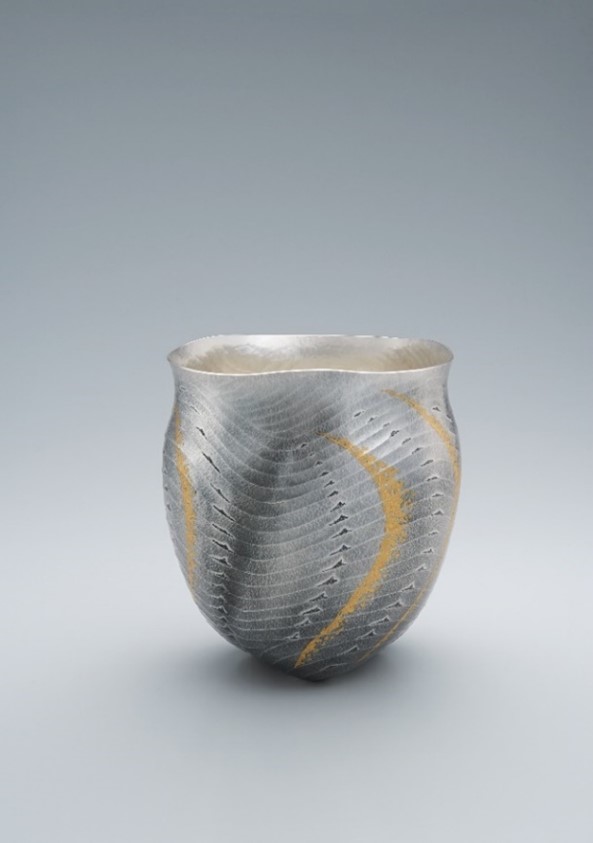
Notes for editors
Discover Venice the #HomoFaberWay
@homofaber
Homo Faber Event
Crafting a more human future
Fondazione Giorgio Cini, San Giorgio Maggiore, Venice
Organised by the Michelangelo Foundation for Creativity and Craftsmanship, the Homo Faber Event is an international exhibition that champions artisanal talent, showcasing an impressive variety of materials, techniques and skills through live demonstrations, immersive digital experiences and imaginative displays of handcrafted creations. From functional everyday objects to outstanding decorative pieces, this edition highlights craft’s role in creating a more sustainable and inclusive future. The event offers a rare chance to admire the prestigious work of a selection of Japan’s National Living Treasures and to experience craft and its connections to the arts and to the design world. Visitors can join guided tours of the 15 exhibition spaces led by passionate students participating in the Young Ambassadors Programme. Imagined by a team of world-renowned curators and designers, the scenographic event transforms the magnificent spaces of the Fondazione Giorgio Cini, located on San Giorgio Maggiore island in the heart of the Venetian lagoon. On top of the event, the Homo Faber in Città project gives visitors a chance to experience craftsmanship across Venice through tailor-made itineraries. homofaber.com
The Michelangelo Foundation for Creativity and Craftsmanship is a non-profit institution based in Geneva, Switzerland, which champions contemporary craftspeople worldwide with the aim of promoting a more human, inclusive and sustainable future. The Foundation seeks to highlight the connections between craft, the wider arts and the design world. Its mission is to both celebrate and preserve craftsmanship and its diversity of makers, materials and techniques, by increasing craft’s everyday recognition and its viability as a professional path for the next generations. From engaging educational programmes such as the Summer Schools, to its signature digital project the Homo Faber Guide and the international exhibition Homo Faber Event, the Foundation is fostering a cultural movement centred on master artisans and rising stars. michelangelofoundation.org
Naoto Fukasawa
A Japanese designer, professor and curator who has brought his unique design philosophy to leading brands around the world. Naoto Fukasawa works with major international manufacturers across different design disciplines from precision electronic equipment to furniture, interior spaces and architecture. What links his work is a dedication to the sublime beauty of form and the power of silence, a design philosophy that has garnered him international recognition for his ability to express the true essence of an object. Additionally, he is the director of The Japan Folk Crafts Museum, a professor at the Tama Art University and has sat on several judging panels including the Loewe Craft Prize. In 2007, he was named Honorary Royal Designer for Industry by the UK’s Royal Society of Arts. He has won numerous awards for his work including the 2018 Isamu Noguchi Award.
Tokugo Uchida
Director of the MOA Museum of Art and Hakone Museum of Art, Tokugo Uchida is one of Japan’s foremost cultural commentators. Tokugo Uchida completed his PhD in aesthetics at Keio University in 2007 and has since lectured widely in Japan and abroad. He served as a member of the Cultural Council, Ministry of Education, Culture, Sports, Science and Technology; committee member for UNESCO Intangible Cultural Heritage and Guest Professor at Kyushu University. He is involved in the selection for art-related awards, holds important roles in governmental organisations for traditional crafts as an art history specialist and has authored numerous publications.
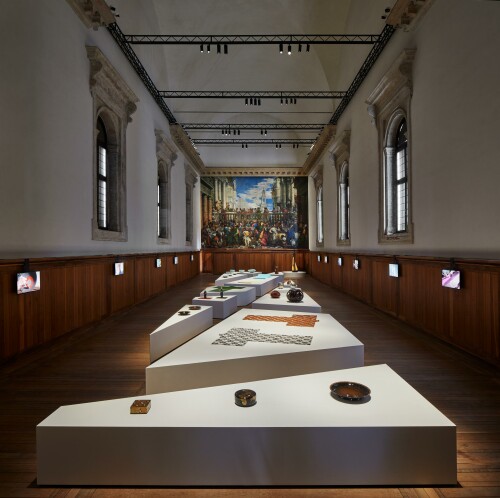
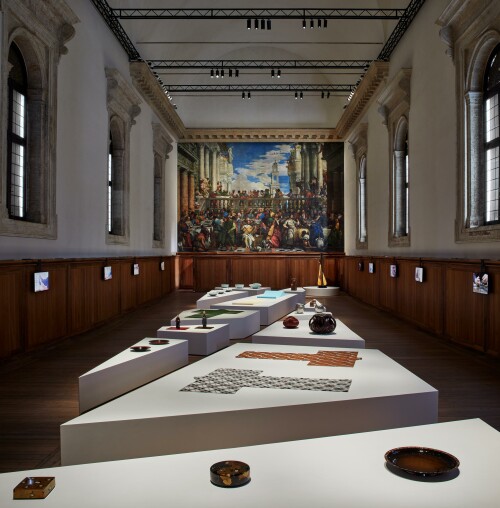
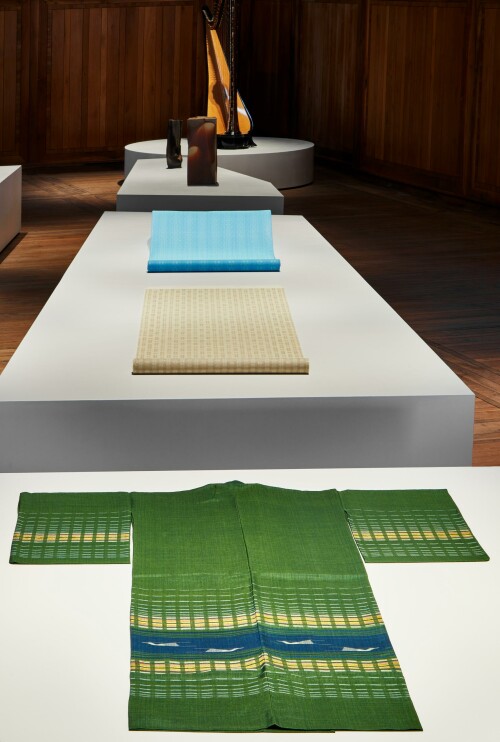
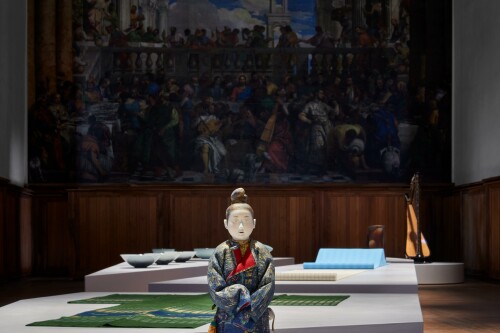
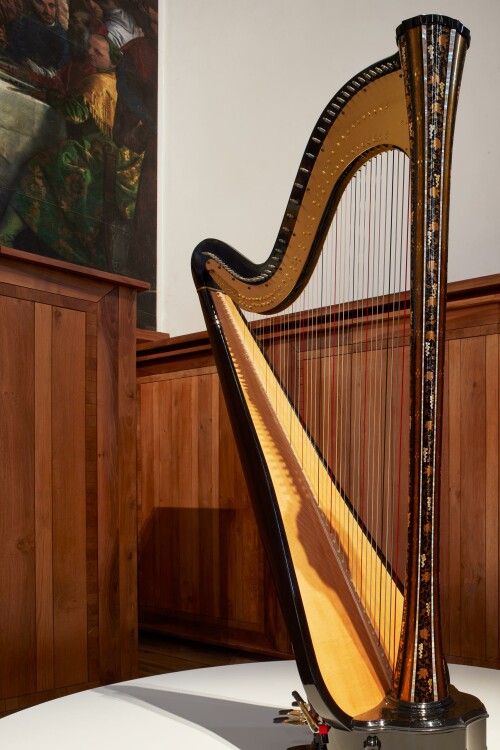
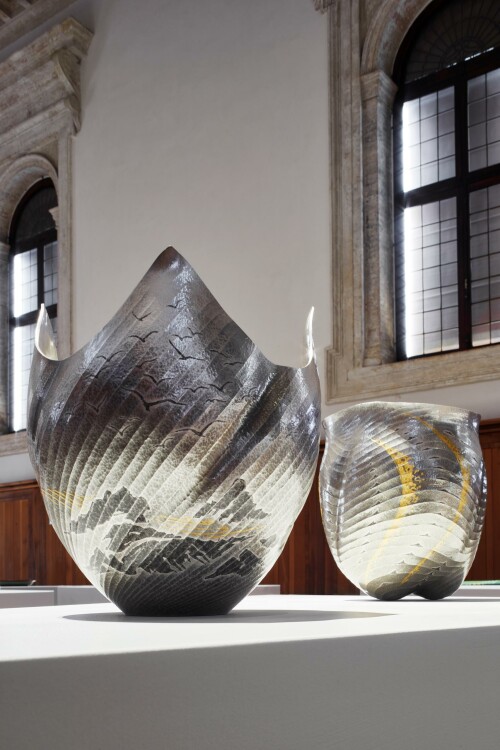
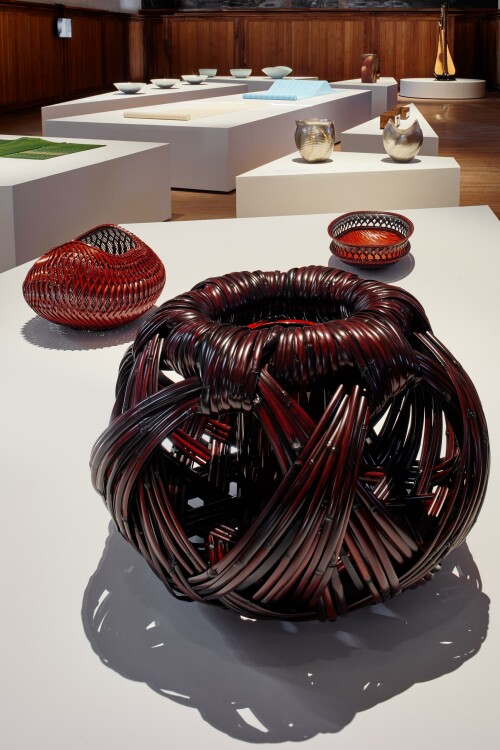
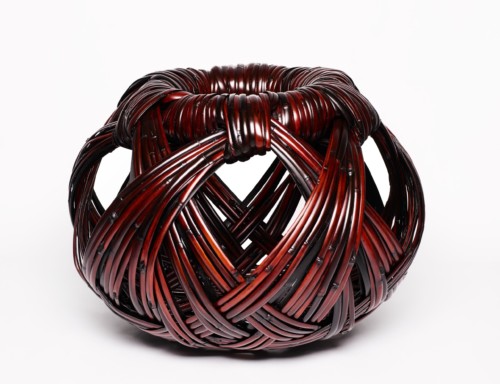
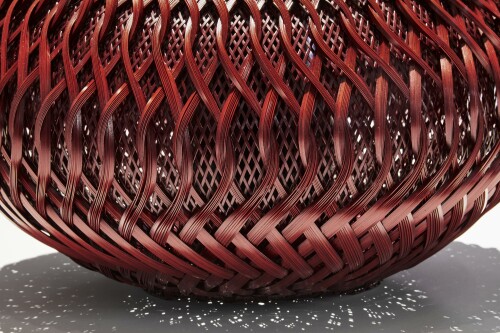
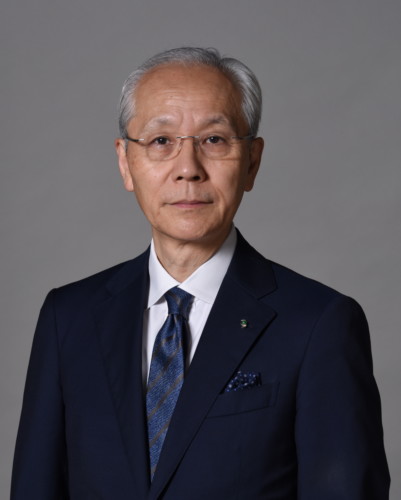
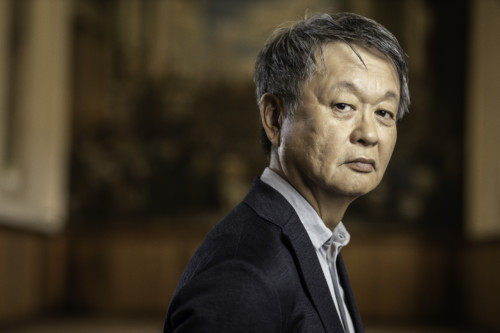
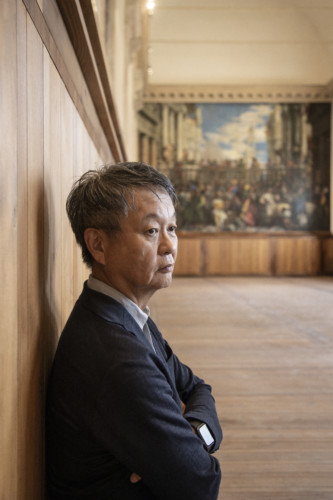
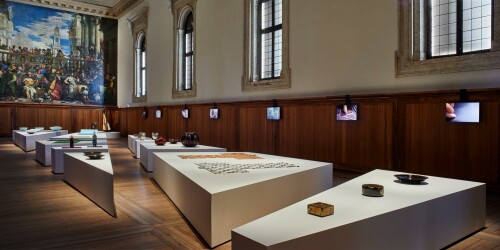
e plus e + GA - +39 02 34538354
Giuditta Amisano giuditta.amisano@eplusestudio.com
Federica “Guga” Fratoni guga@GA.works
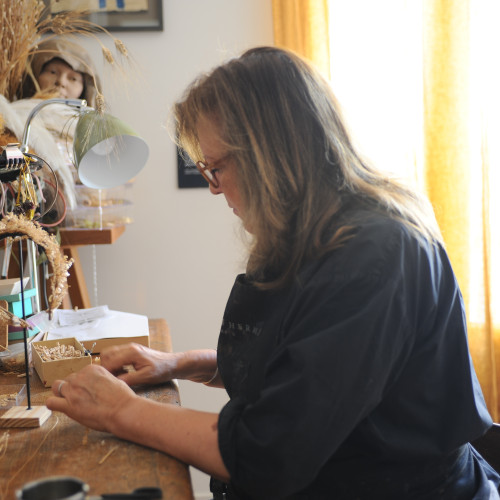
Homo Faber Biennial - 2024 - Artisan Portrait
May 2024
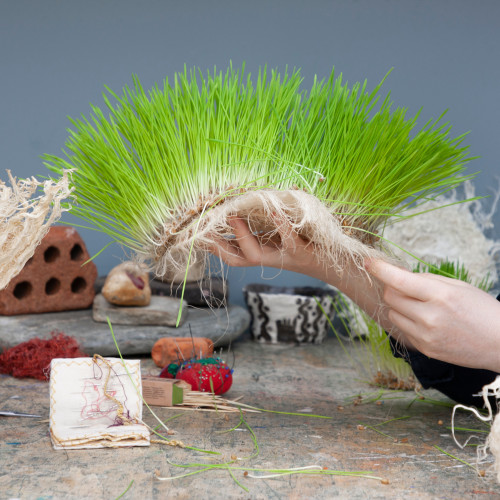
Homo Faber Biennial - 2024 - Artisan Portrait
May 2024
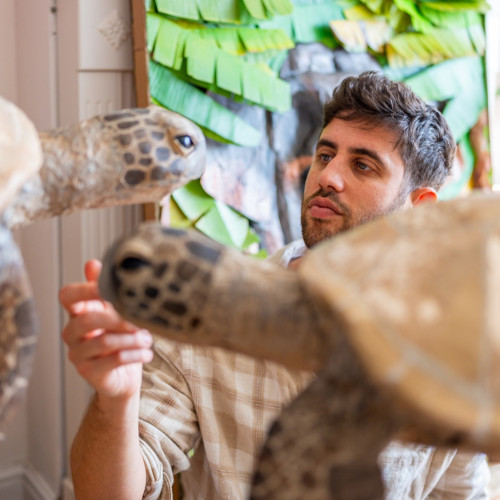
Homo Faber Biennial - 2024 - Artisan Portrait
May 2024